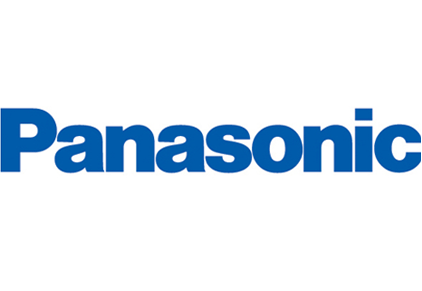
You are now the location is:Home >> News >> Battery Information
Disposable batteries harmful to the environment as well as battery recycling?
1, the battery destroyed the balance of nature?
You may need these exist forever, useful little things for granted, but the battery useful things, also make them dangerous to the environment. They contain various chemicals and metals known environmental hazards, such as cadmium, mercury, zinc, nickel. Cadmium is particularly worrisome - even at low concentrations, which is very toxic - because it is easy to become part of the food chain, when the soil is contaminated, be absorbed by plants.
Even the tiniest batteries contain hazardous waste; Button batteries, such as used in hearing aids and watches, comprising silver and mercury, which can be recycled while the larger lead-acid batteries, mainly for automotive, lead contamination to infiltrate soil and water. In fact, lead is toxic, long-term exposure is known to cause your brain, kidneys, and hearing loss. It also hampers children's ability to learn.
2, to understand your battery!
There are two commonly used in household stem cell battery - various recovery methods:
Primary batteries are cheaper and often more popular choices - they can not be recharged, usually Button batteries, battery, and contains zinc.
Commonly known as secondary batteries - they are more expensive, but they last longer. Such as for electricity digital camera batteries, cell phones, children's toys, computers, electric razors and cameras. These batteries usually contain lead, nickel cadmium, nickel metal hydride and lithium-ion
3, the battery can be recycled it?
We take for granted the same way batteries can handle, we also need to give them the recycling process. Non-rechargeable batteries can be recycled zinc and manganese dioxide recovery in New South Wales. Silver, iron and mercury are also recoverable. An easier way to do your part to save money in the process as a consumer make the right choice. You can switch to rechargeable batteries and can be used up to 1000 times.
Recycling batteries do not contain lead involves exposing them to high temperature metals recovery process. In this process, the battery runs out, open, and placed in an oven. Metallic, such as paper, plastics and gels evaporated, leaving the risk of a metal such as nickel and cadmium. Lead-acid batteries (also known as wet cells) require pre-treatment of the plastic, the separation of lead and acid and a special high-temperature metal recovery furnace.







